Home>Tourism>Golden Travel Routes
Exploring an Unspoiled Ancient Village: Shanggantang

Shanggantang Village in Jiangyong County, Yongzhou City enjoys a history of 1,200 years. You can find fascinating evidence of its antiquity from its old buildings and time-worn bricks. But the village remains full of vitality. If you crave this, come along to explore the village’s glorious past and vibrant present.
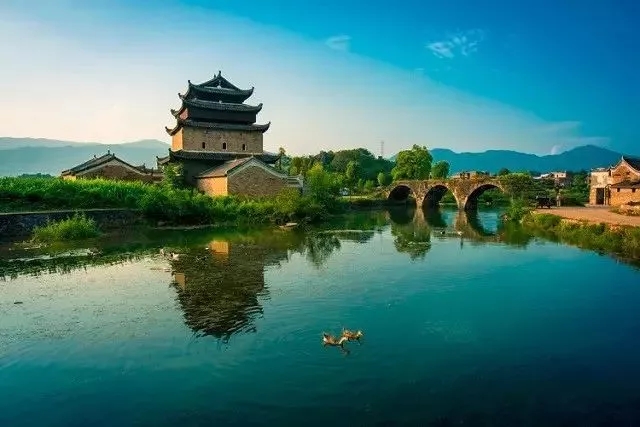
Shanggantang is not an ordinary village. It was known as Xiemu County as early as the reign of Emperor Wu (156 BC-87 BC).
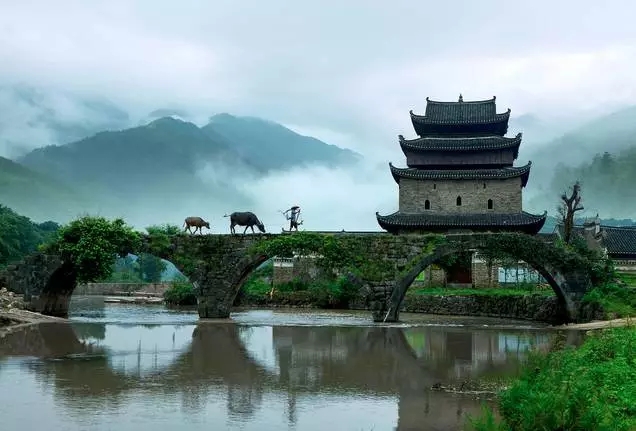
It is also famous for its association with many Chinese great figures. Chinese Neo-Confucian philosopher Zhou Dunyi, the writer Lu Xun (pen named Zhou Shuiren), the late Premier Zhou Enlai all descended from of the Zhou clan which moved to the village more than a thousand years ago. The clan still lives here.
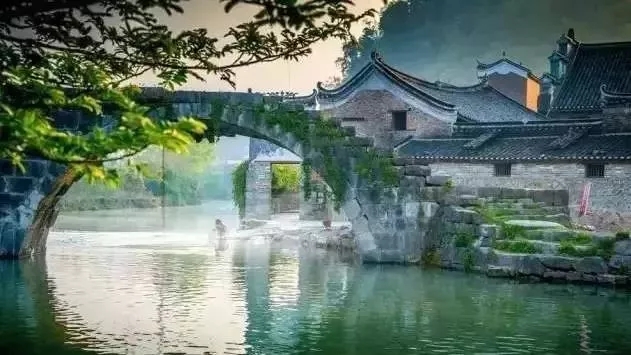
The village boasts picturesque beauty and ancient buildings, and the villagers live a simple lifestyle. It is a dreamy hideaway.

An ancient river, the stone bridge, and the clan all are the features of today’s Shanggantang Village.
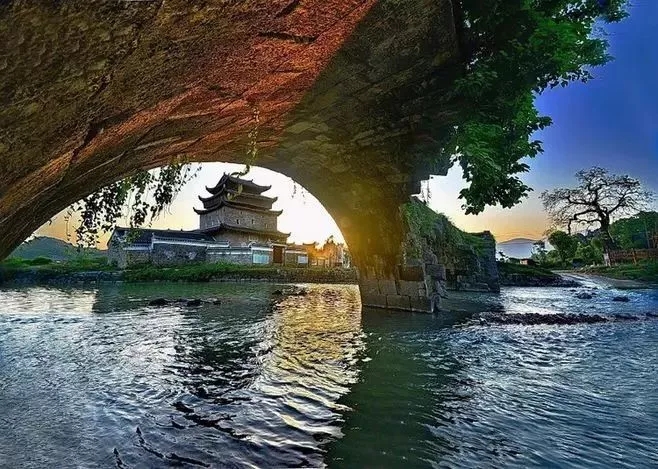
Wang Anshi, a Tang Dynasty poet (618–907), once wrote, “The world’s marvelous and magnificent views are often in remote or hidden locations.” This describes Shanggantang. It is well-preserved because of its remoteness and simple way of life.
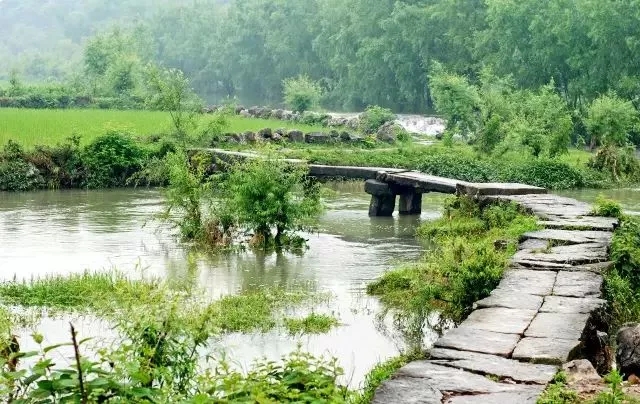
Where there is water, there is history and civilization. The winding river here has nourished many generations.
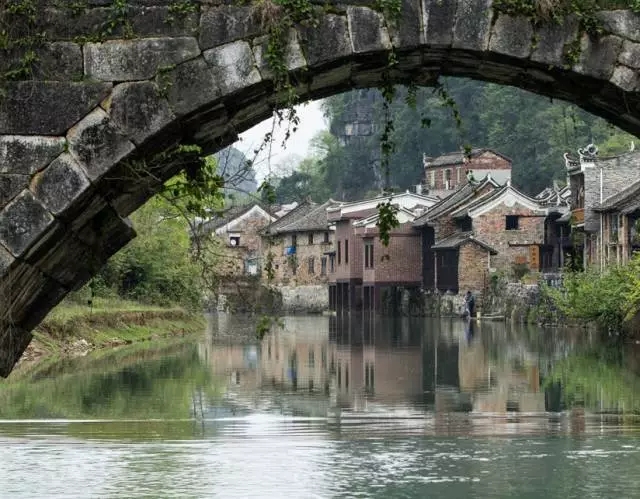
The Xiemu is the mother river of the village.

Bu'ying Bridge over the river, which dates to the Song Dynasty (960–1279), is the oldest structure in the village. The three-arch stone bridge is the only Song-era one in Hunan. The bridge is a favorite tourist photo spot. It has survived the test of time and constantly attracts tourists. It is an eye-catcher for visitors, but of daily use for the locals.

Beside the bridge is a 4-storey building called “Wenchang Pavilion”. It was built in the 48th year of the Wanli era (1620). Presently it is a cultural, education, and entertainment center.
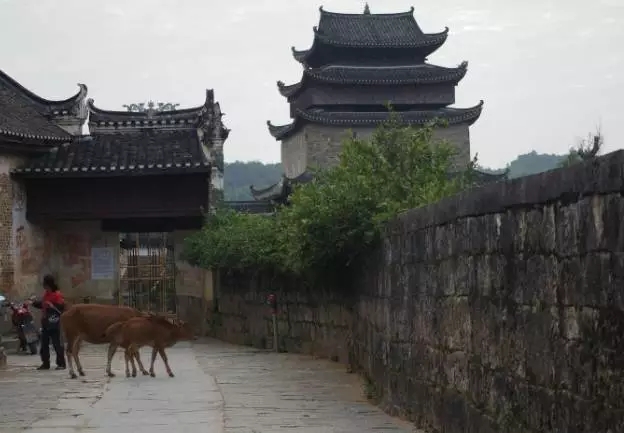
Village architecture is the essence of folk buildings. Stone fences, similar to city walls, were built in 1913, the 2nd year of the Republic of China. The walls function as dykes that help keep back water and prevent flooding.

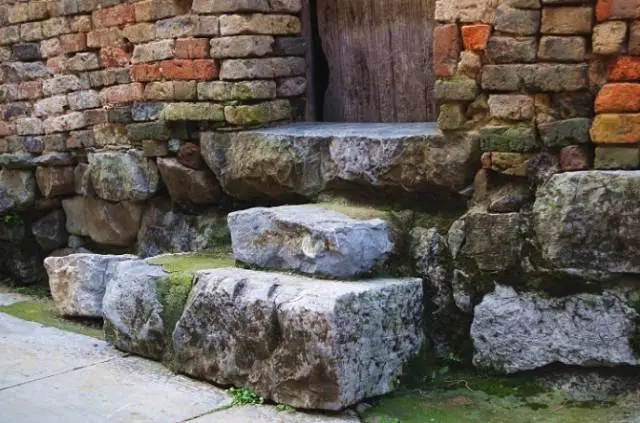
Alleys in the ancient village are very narrow. Weathered bricks show clear signs of aging. However, the aged-looking alleys that extend in all directions boast a unique charm, a bit like Pingjiang Road in Suzhou.

The millennium village’s only "commercial street" looks old as well.
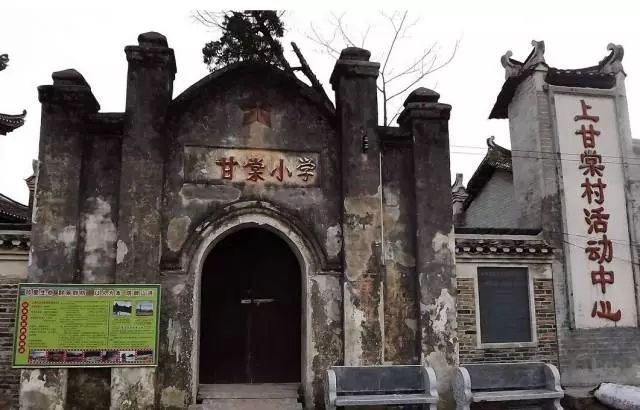
Originally there was an elementary school in the village. The school relocated to new teaching facilities and to reach more students. The old school structure was turned into an activity center.

Entering the village, you will find that most ancient dwellings maintain the characteristics of ancient buildings of southern Hunan, including fish scale tiles, ornamental perforated windows, and buildings with wood carvings and brick carvings. Though aging, they made the courtyard lonely, and historic as well.

When leaving the village going south, you may see a stone pavilion called Yuepo Pavilion, where, anciently, men of letters and poets resided. There are 27 inscriptions on the cliffs, one of which is the four Chinese characters “Zhong Xiao Lian Jie (meaning loyalty and filial piety)” inscribed by Wen Tianxiang, a scholar-general of the Southern Song Dynasty (1127-1279). It has become the most culturally rich cultural relics of the village.
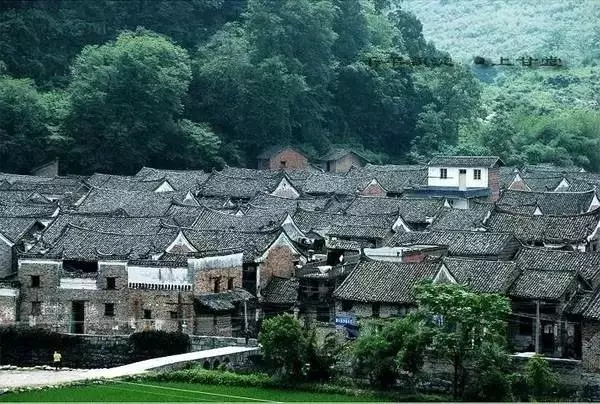
The village has too much historical memory. It is fascinating, and the simple and pure life of the ancient village make us yearn for it. The 1,200-year-old village quietly tells the stories of the past.
Travel tips:
Admission:free
How to get there:
1.Shanggantang Village is located in Jiangyong County, Yongzhou City with train service. From Changsha, Wuhan, and Jiangxi take a direct train to Jiangyong County. If your city is not directly connected with Jiangyong by train, transfer at Yongzhou City.
2.Take a shuttle bus to Taochuan at the old Jiangyong Bus Station and get off at Shanggantang Village. The bus operates between 7:00 and 18:00.
Accommodation:
1.Homestay at the locals: 50 CNY/person
2.You may book a room in Jiangyou County.
Local delicacies:
1.Jiangyong cuisine is a mix of Han and Yao in Hunan and Guangxi. Must-eat food includes rice noodles, Yao sweet and salt dumplings (made of glutinous rice mixed with Chinese mugwort leaves) and oil tea, fish and shrimp from the Xiaoshui River, and free-range chicken from Qiangjiadong Township.
2.Pomelo, taro, rice, ginger, and muskmelon
Nearby attractions:
1.Nvshu (women's writing) Museum
2.Qianjiadong Township
Chinese source: Hunan Daily

